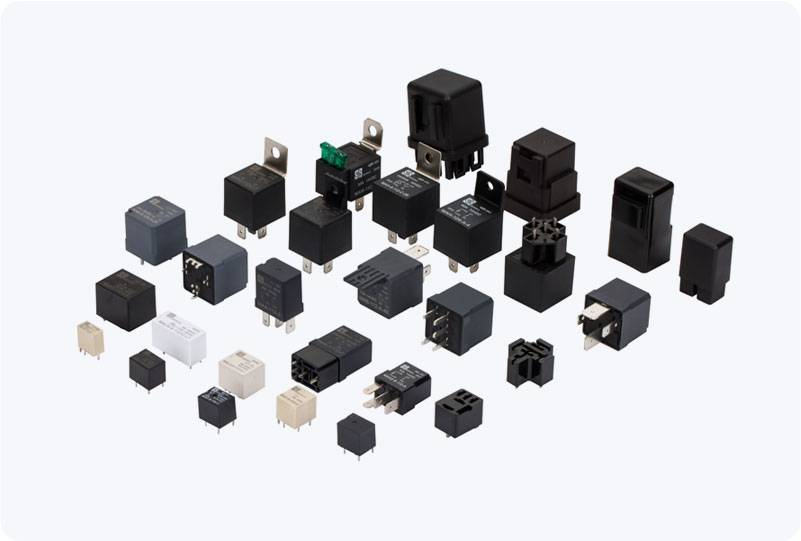As the electric vehicle (EV) market continues to grow, the technology supporting the charging infrastructure has become increasingly sophisticated. Among the critical components of EV charging systems is the Supercharger Relay. This device plays a vital role in ensuring the efficient and safe operation of high-power charging stations, particularly in high-capacity Supercharger networks like those offered by Tesla. This article delves into the function, significance, and intricacies of the Supercharger Relay, explaining why it is indispensable for modern electric vehicle charging.

At its core, a Supercharger Relay is an electromechanical switch that controls the flow of electricity within an EV charging system. It acts as a gatekeeper, regulating when and how electrical energy is supplied to the vehicle. When an electric vehicle is plugged in for charging, the relay activates, establishing a connection between the power source and the vehicle’s battery. The relay must handle significant voltage and current levels, ensuring that power is transferred safely and efficiently. One of the relay’s primary functions is to prevent overloads and short circuits, which can be detrimental to both the charging equipment and the electric vehicle. As a protective measure, the Supercharger Relay is designed to disconnect the power supply in the event of a malfunction or fault, thereby safeguarding the battery system and other electrical components of the vehicle. This capability is essential for maintaining user safety and prolonging the lifespan of the electric vehicle’s battery.